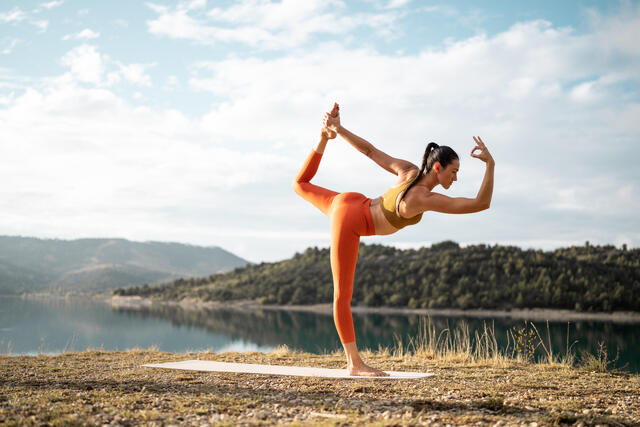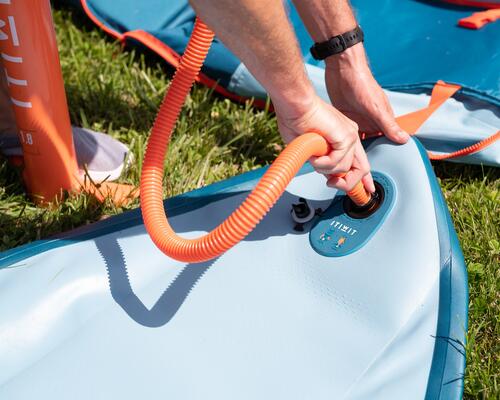What do I need to consider when choosing a paddle board?
If you’re looking to buy your own paddle board, you’ll need to compare the two main types of board: inflatable vs solid. There are five key factors you should consider when choosing between the two:
Storage: When choosing between an inflatable or a rigid paddle board, you’ll need to consider how much storage space you have. If you have minimal storage space, an inflatable board will be your best option as it takes up very little space. Even if you have a garage, you need to make sure you have enough space to maneuver a rigid board as they can be up to 14 feet long!
Portability: Inflatable paddle boards are the easiest type of board to transport as when deflated, they roll up to the size of a sleeping bag. This makes them great for taking on holiday (and on a plane), as opposed to rigid paddle boards which are heavy and awkward to transport. Though solid paddle boards are all ready to go, without the need to inflate so it depends which aspect is more important to you (and where you’re likely to be using it).
Performance: When it comes to performance, rigid paddle boards tend to be better than inflatables. They’re more agile, have better glide and are easier to catch waves when SUP surfing. Although if you’re looking for speed, rigid boards are only marginally faster than inflatable boards. And with advances in material technology and design, inflatable boards are being used more and more in competitions and by casual SUP racers.
Durability: Surprisingly, inflatable paddle boards are more durable than solid paddle boards. Quality inflatables are made from military grade materials, so if you knock or drop your inflatable board, it won’t dent or scratch. This also makes inflatable boards perfect for white water paddling or paddling rocky rivers. Damaging a rigid board can lead to expensive repairs and more time out of the water.
Cost: Generally, the most expensive type of stand-up paddle board is the rigid kind. This is because they cost the most to make and transport. They’re constructed from an EPS foam core with multiple layers of fiberglass saturated with epoxy resin. If you’re a recreational paddler, an entry level rigid or inflatable board is fine. Though beware of cheaply-made boards as they’ll likely be low-quality, with a short lifespan.
Inflatable stand-up paddle boards also don't hurt as much when you fall on them. An inflatable board is much easier on the body of the rider (and anyone else the board might come in contact with), but falling onto a hard board can hurt! This is another reason why beginners will often opt for an inflatable board.



















